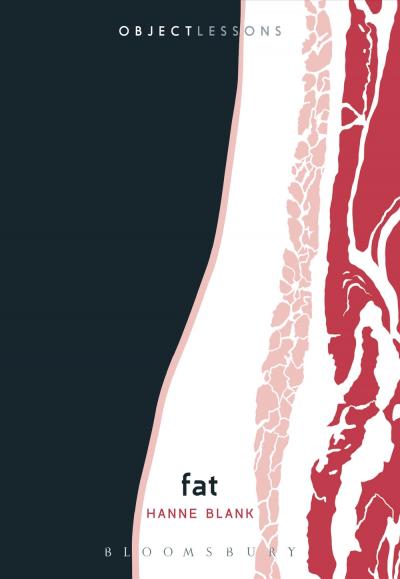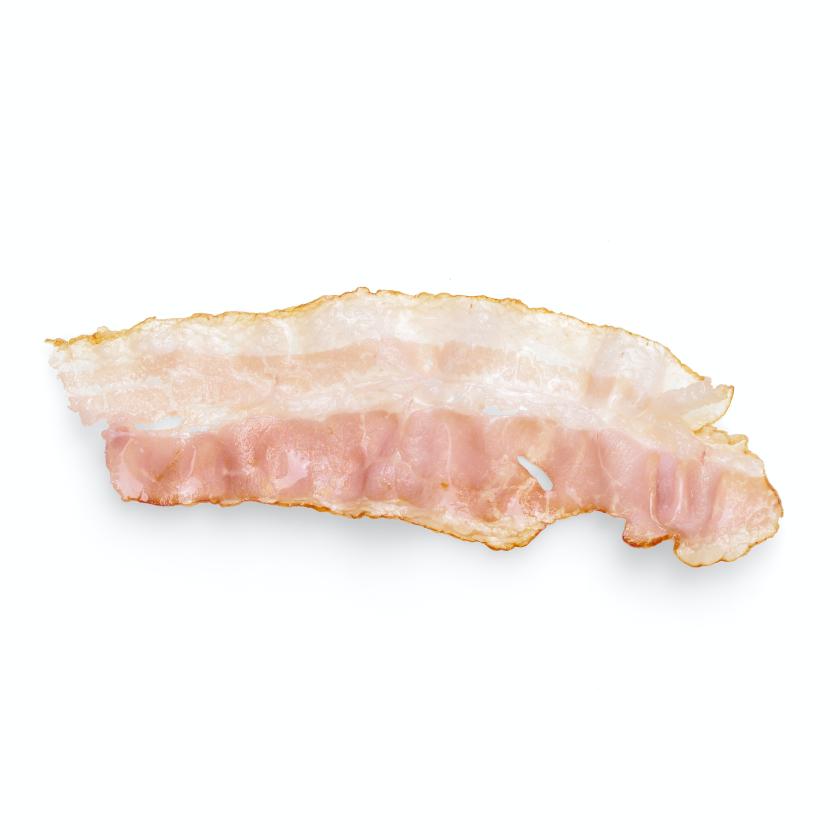"Ugh, I just feel so fat today," the woman near me in the locker room says to her friend as they get dressed after their workout. I look over – discreetly, as one does – to catch a glimpse of the grimacing side of her face as she zips up a pair of close-fitting blue jeans over a barely rounded lower abdomen, hip bones evident under taut fabric.
As I sit putting on my socks, I wonder whether this woman, who has just complained of feeling fat, has even registered that there is an actual fat woman not ten feet away. While she "feels fat" as she frowns her way into her formfitting tank top and comfortable, slouchy cashmere sweater, I can feel my ample belly pressing against my thighs and the oddly comforting, distinctly sensitizing way the elasticated wicking compression fabric of my gym top squeezes my fat back and belly and breasts from all directions at once. The garment is a variation on the theme of the sports bra: breasts are not the only body parts whose size varies in part because of the amount of fat they hold within their contours and are not the only body parts whose contrary motion can make high-impact exercise uncomfortable. I like the reassuring pressure of the compression fabric, and don't mind that it reminds me of parts of my body, like my fleshy mid back, that I don't think about too often unless they are being touched or, as they are now, comprehensively squished.
Locker-room etiquette demands that this woman and I will not make eye contact, nor will I acknowledge that she has spoken. Yet she and I are actually engaged in conversation. In our individual ways, we are taking two separate (and sometimes opposing) sides in a dialogue about fat that extends deep inside, but also far beyond, our own individual bodies and what may or may not be true about their composition. In the moment of our chance encounter, both of us were feeling fat, yet our experiences occupied no common ground whatsoever.
 This is part of the nature of fat in the early twenty-first-century West. For us, fat has multiple personalities, multiple lives. As often as not, they seem, or at least are allowed to seem, too have little in common. Like any other material substance, fat can be seen, touched, sampled, studied, and, of course, weighed. In our bodies, as with mine in my athletic compression wear, it can be felt, stroked, hefted, caressed, squeezed, experienced as it moves with and within the body. Fat is an everyday thing, a bodily organ and a biochemical substance without which we would not be able to survive. It is as mundane and ubiquitous and as much a part of our nature as blood and bone. But you'd never know it by the way we talk about it, the obsession we have with getting rid of it, our conviction that it is inimical not just to a good life, but to life itself. As a lifelong fat woman, I am acutely aware that the fat I feel and experience every day both is and is not the fat we as a culture so obsessively think and talk about.
This is part of the nature of fat in the early twenty-first-century West. For us, fat has multiple personalities, multiple lives. As often as not, they seem, or at least are allowed to seem, too have little in common. Like any other material substance, fat can be seen, touched, sampled, studied, and, of course, weighed. In our bodies, as with mine in my athletic compression wear, it can be felt, stroked, hefted, caressed, squeezed, experienced as it moves with and within the body. Fat is an everyday thing, a bodily organ and a biochemical substance without which we would not be able to survive. It is as mundane and ubiquitous and as much a part of our nature as blood and bone. But you'd never know it by the way we talk about it, the obsession we have with getting rid of it, our conviction that it is inimical not just to a good life, but to life itself. As a lifelong fat woman, I am acutely aware that the fat I feel and experience every day both is and is not the fat we as a culture so obsessively think and talk about.
We compartmentalize fat. We like to imagine that the fat that keeps us going when we are too sick to eat is not necessarily the same as the fat that jiggles on our thighs. We do not like to think of the fat that makes us sexy – fat is central to the production of sex hormones, and famously rounds out breasts, hips, and butts – as being, y'know, fat. In any case, we tell ourselves, it's not related to the odious stuff we attribute with the ability to depress, stupefy, make repellent, desexualize, and even kill. In our imaginations fat is insidious as mildew, materialising mysteriously through mechanisms invisible, and as seemingly resistant to eradication as cockroaches. When George Lucas wanted a viscerally loathsome intergalactic gangster who could menace the heroes of Star Wars: Return of the Jedi, he created the slug-like – and enormously rotund, with hints of human chest and belly fat – Jabba the Hutt.
Yet without fat, there would be no Star Wars and indeed no George Lucas. Fat quite literally makes us possible. It gives our cells their membranes, helps us moderate our body temperature, enables us to reproduce. The human brain consists of approximately 60 percent fat. The protective myelin sheaths that insulate our nerves and axons have a similar composition. Without those fatty myelin sheaths, we would experience symptoms similar to those suffered by people with multiple sclerosis, the most common too the central nervous system demyelination disorders: loss of vision, weakness, numbness, nerve pain, brain lesions, tremors, cognitive and memory impairment, and much else. Without our fatty brains we could not, in the most literal of terms, think about fat. Even with them, we tend not to think about fat very clearly or very well. Fat has too many identities in our lives, too many meanings, and we are too reactive, too confused, and frankly, too ignorant.
Most of us are essentially unaware of fat as an object. We may not even know what fat is, strictly speaking. We have attached so much baggage to the word that it feels like an effort to think of fat as being just another word for a type of lipid that is solid as standard room temperature. […] Fat is the reason that you have to shake your bottle of vinaigrette, creating a temporary suspension of lipids in vinegar, before you pour it on a salad. Fat is also one of the reasons that life first arose on this planet, scientists believe, the first cells organizing themselves within the protective shielding provided by micelles, tiny cages made of layered lipids. Fat is supremely useful and extraordinarily versatile. […] Fat is everywhere.
- Dr. Hanne Blank is a cultural historian who works in the intersections of gender and sexuality, history of medicine, bioethics, and politics. Her books include Straight: The Surprisingly Short History of Heterosexuality (2014) and Virgin: The Untouched History (2007). Fat is available from Bloomsbury (£9.99) as part of their Object Lessons series.
- Read more book reviews and features on theartsdesk















Add comment